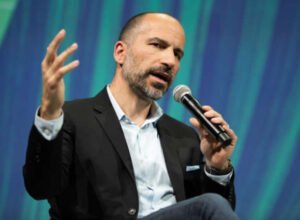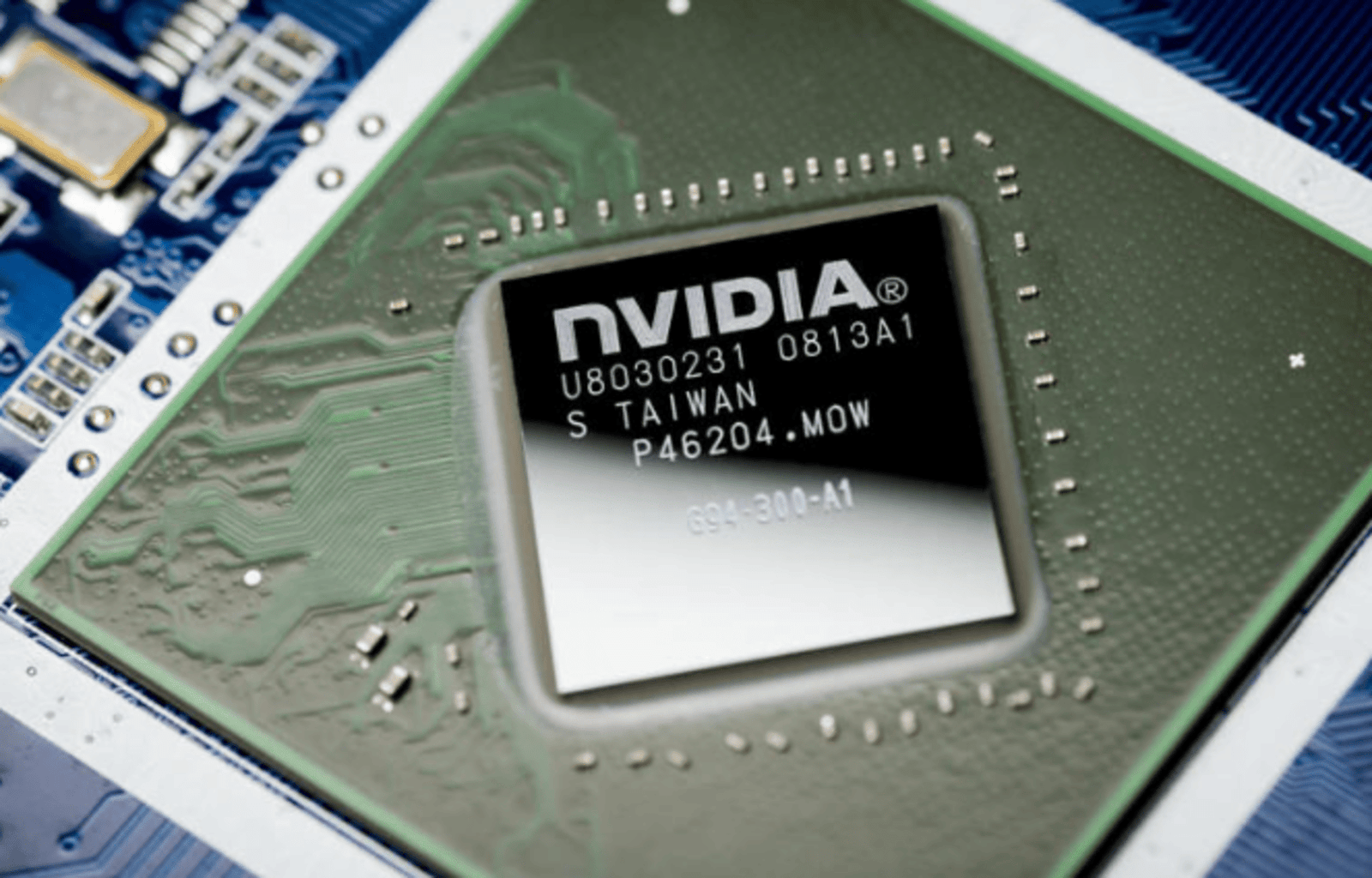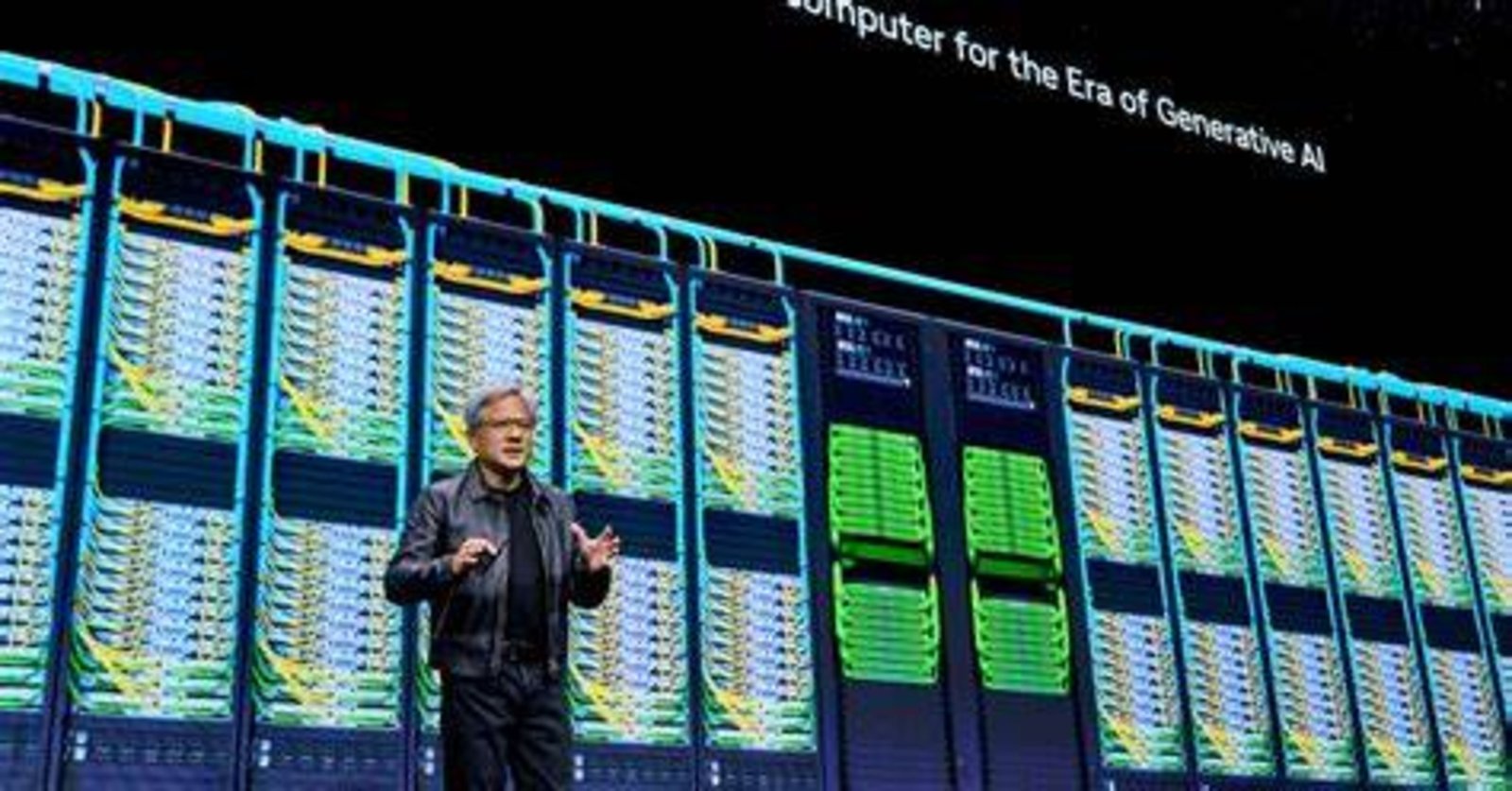
Musk’s Robotaxi Dream: 5 Key Issues
The race to dominate the autonomous vehicle market has intensified. At the forefront, Elon Musk’s ambitious vision for robotaxis is a significant point of discussion. However, Dara Khosrowshahi, the chief executive officer of Uber, has expressed significant reservations regarding Musk’s proposals. In this article, we’ll explore why Khosrowshahi believes that Musk’s robotaxi dream might be far from reality.
Musk’s Vision for Robotaxis
His vision involves fleets of self-driving cars, known as robotaxis, operating seamlessly around the world. According to Musk, these vehicles will revolutionize transportation by providing efficient, cost-effective rides. The promise is not just convenience but a transformative shift in how people travel.
Robotaxis would use advanced AI and sensor technology to navigate streets safely and efficiently. This vision includes the integration of these vehicles into Tesla’s existing infrastructure, leveraging the company’s advancements in AI and machine learning.

Khosrowshahi’s Skepticism
Khosrowshahi argues that the reality of autonomous driving is far more complex than Musk’s projections suggest. According to Khosrowshahi, several obstacles stand in the way of achieving Musk’s vision.
One major concern is the technology itself. Khosrowshahi points out that despite significant advancements, autonomous driving technology is still not flawless. Real-world scenarios present challenges that current AI systems struggle to handle effectively. Khosrowshahi believes that overcoming these challenges will require more time and investment than Musk’s timeline allows.
Technological Hurdles
The technology behind autonomous vehicles involves complex systems. These systems must integrate numerous sensors, cameras, and AI algorithms to interpret and respond to road conditions. While Tesla has made strides in developing this technology, the real-world application remains imperfect.
Autonomous vehicles must navigate a variety of scenarios, from complex urban environments to unpredictable weather conditions. Current AI systems sometimes struggle with tasks such as recognizing pedestrians, understanding traffic signals, and handling unexpected obstacles. These challenges indicate that achieving full autonomy may be further away than Musk anticipates.
Safety Concerns
Safety is another critical issue that Khosrowshahi emphasizes. Autonomous vehicles must meet rigorous safety standards to gain public trust and regulatory approval. Incidents involving self-driving cars have raised concerns about the reliability of this technology.
The technology behind robotaxis must be able to handle every possible driving scenario safely. Even minor errors can lead to accidents, which could undermine public confidence in autonomous vehicles. Khosrowshahi believes that these safety concerns are significant obstacles that need to be addressed before robotaxis become a reality.
Regulatory and Legal Challenges
Regulatory hurdles are also a major concern. Different regions have varying requirements for self-driving technology, which can complicate the rollout of robotaxi services.
Regulatory bodies must establish comprehensive guidelines for autonomous vehicles. These guidelines will need to address safety standards, insurance requirements, and liability issues. Navigating this regulatory landscape presents a significant challenge for companies looking to deploy robotaxis on a large scale.
Public Perception and Trust
Public perception plays a crucial role in the adoption of new technology. Khosrowshahi notes that gaining public trust in autonomous vehicles will be a gradual process. People need to feel confident in the safety and reliability of robotaxis before they will embrace them.
Efforts to build trust include transparent communication about the technology’s capabilities and limitations. Companies must also demonstrate a commitment to addressing any issues that arise with autonomous vehicles.
Cost and Economic Factors
The cost of developing and deploying autonomous vehicles is another significant factor. Khosrowshahi highlights that the expenses involved in creating and maintaining a fleet of robotaxis are substantial. This includes costs related to technology development, vehicle maintenance, and regulatory compliance.
While Musk’s vision includes reducing transportation costs, achieving this goal requires substantial investment. The financial viability of robotaxi fleets depends on balancing development costs with potential revenue. This balance is crucial for the long-term success of autonomous vehicle services.
Competition and Market Dynamics
Many companies are investing heavily in this technology, each with its own approach and timeline. Khosrowshahi points out that the competitive landscape adds another layer of complexity to Musk’s vision.
Uber, for example, has its own plans for integrating autonomous technology into its ride-hailing service. The company is working on developing its own self-driving systems, although Khosrowshahi acknowledges that this is a challenging and competitive field. The presence of multiple players in the market creates a dynamic environment where technological breakthroughs and setbacks can significantly impact progress.
The Future of Autonomous Vehicles
Looking ahead, Khosrowshahi remains cautious but optimistic about the future of autonomous vehicles. He acknowledges that advancements are being made and that the technology has the potential to transform transportation. However, he emphasizes that achieving the level of autonomy envisioned by Musk will require overcoming significant challenges.
The path to fully autonomous vehicles will likely involve incremental progress. Companies must continue to innovate and address the various hurdles associated with self-driving technology. While the dream of robotaxis may eventually become a reality, it may take longer than some projections suggest.
Conclusion
Dara Khosrowshahi’s skepticism about Elon Musk’s robotaxi vision highlights the complexities involved in achieving fully autonomous transportation. While Musk’s ambition is admirable, Khosrowshahi points out several critical issues that need to be addressed. These include technological challenges, safety concerns, regulatory hurdles, and economic factors.
As the industry continues to evolve, it is important to approach autonomous vehicle technology with a balanced perspective. Progress is being made, but it is essential to recognize the obstacles and work towards realistic solutions. The future of robotaxis may hold promise, but the road to achieving Musk’s vision will likely be long and filled with challenges.








